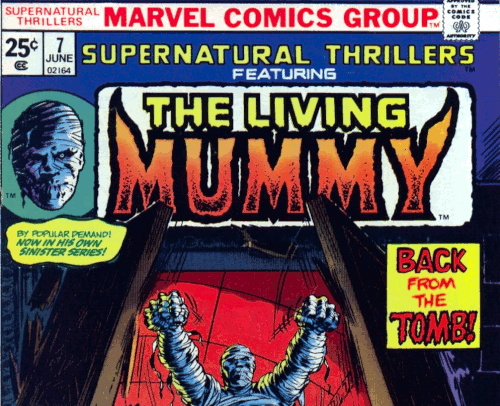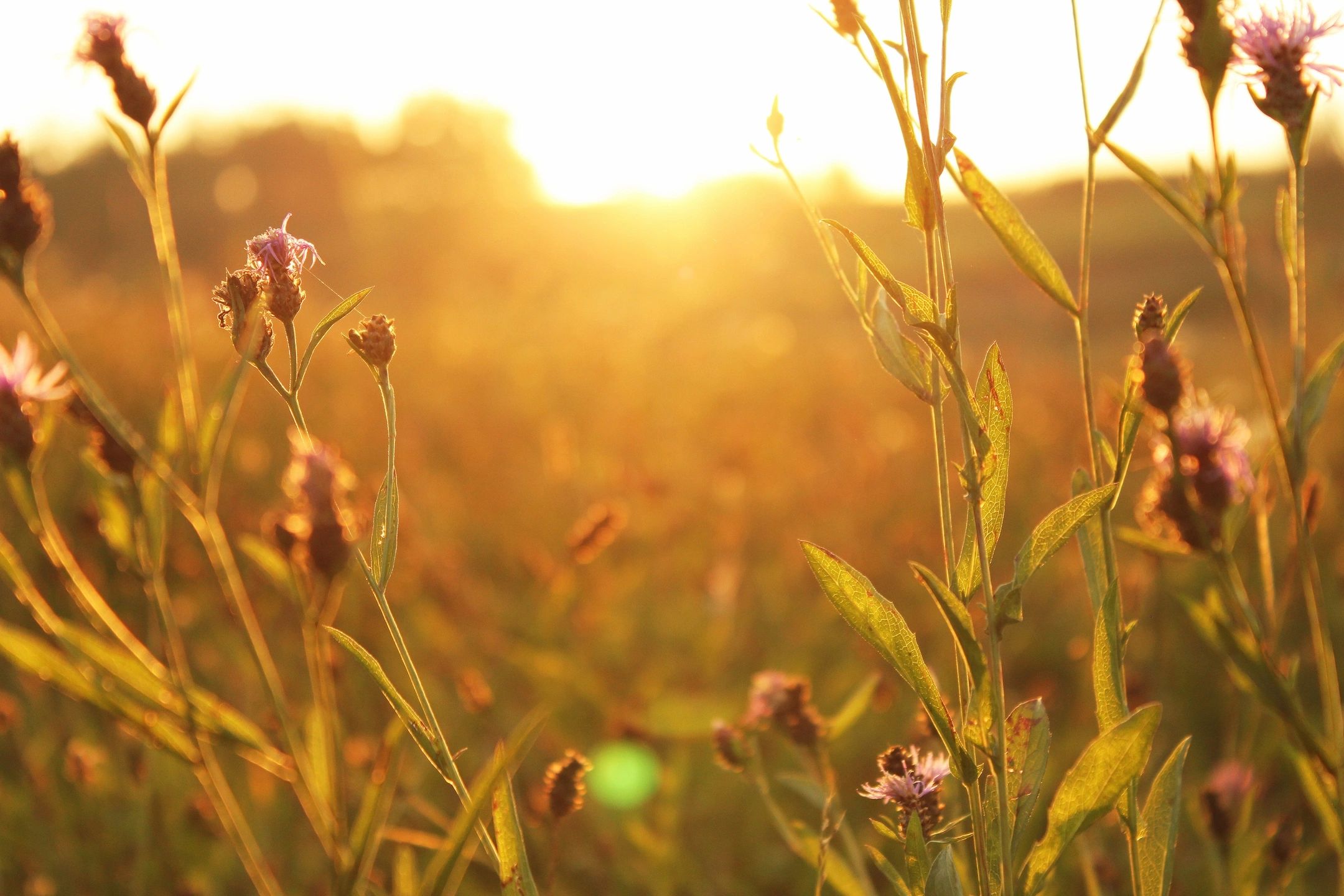
Team: Irgen Salianji, Liana Sofiadi, Andreas Anagnostopoulos
Urban Design & Strategy: Jonian Silaj (Studio JUAJ)
Visualizations: Pavlos Ventouris
a poem…an object in which the apparent
meaning of the characters and events is used to symbolize a deeper moral or
spiritual meaning, 2. use of such symbolism to illustrate truth or a moral, 3.
anything used as a symbol or emblem
remains; The new library as an allegorical reply
crystallizes the experience of story-telling grasping at a chance to take us to
the journey of creating as the primal feeling of contributing to our world
Gwangju must be substantially transformed and operate in a capital of international radiation: the size and quality of its cultural innovation combined with technology and art is an unparalleled treaty. This proposal considers that the new library is one great opportunity to reverse this treaty: except of its configuration into a place of rest, study and recreation, turning the new public building into an area of public facilities is the first transition that our proposal is offering. This new cultural area will host events with fixed or changing paths that reach the ultimate facility, the new library. Making it easily accessible, activating the whole area (including also the energy park on the south of the site) and creating a network of small cultural “stations”, the cultural paths lead to the building in the most natural way and are extended up to the required program in a form of interior urbanism, through the different spaces of the library. Hence, the same way that visitors understand and read the city environments, the same way they will be able to visit the various parts of the library without contradicting the more private functions and even without exciting the routes that lead to the peak of the library; the astonishing e-café with the amazing view over the green fields. In this way the library becomes the point where the past and future make a statement through the routing and experience of places. The urban element is thus introduced in a meaningful way to experience the new library by creating a variety of new exciting activities, encouraging interactive participation of the public and creation of the new urban condition.
The
open attitudes and the fluid conditions emerge from the necessity of capture
the spatial forms of everyday living, systems of production and communication, and
the topographical conditions of the city of Gwangju. In this way, rather than
trying to mimic the architectural tradition, the library connects elementary
dots of how the space itself emerges from the creative mechanism of stable and
unstable knowledge in a nutshell of letters and symbols. Trying to escape from
the trap of creating an exciting object, we drive our lines into creating an
object of excitement that adapts “future oriented values” and leads towards an
in-depth reflection of the experience of a requested “epoch-making” landmark.
This part of Gwangju city, full of
vertical, dense development, impressive in scale buildings, uniform aesthetics,
features concrete, high rise apartment buildings and fast constructed
commercial malls. It is a focal design objective the need for less compact, horizontal
development that will offer the residents a varied urban experience.
The north and east part of the city concentrates most cultural activity accommodating the majority of cultural institutions and libraries. The Sangmu-daero street is an important circulation artery because it connects cultural institutions from west to the east. Near the site there are hotels, shopping malls and business centres which reveal the touristic untapped potential of the area. The development of a cultural pole in this area will bring balance in an uneven urban identity.
have tried to transform by a self-consciously iconic building; a statement that
the city has arrived on the global scene. History has shown that architecture
should be more than an autistic, form-exciting, instagrammable, urban logo. This simplistic approach has been
creating de-contextualised buildings-objects that compete for their aesthetic
uniqueness, being ignorant of the city vibration. People are to be excited
users, not excited observers. Architecture and cultural institutions should be
woven carefully in the city fabric. It is critical to become part of the urban
contemporary culture, considering the local economy, habits, topography and
city flows. Many architects and urban planners try to establish urban
connections based on programmatic bridges. We would like to take a step ahead
and propose a building that brings the city in its interior through its concept.
We are talking about interior urbanism.
Interior urban routes interrupted by
urban momentum.
extends from the riverside on the West to the residential zone on the East is
integrated in our masterplan’ s five
basic elements in sequence: the elevated square, the library, the main plaza,
the factory building, and the green area.
In that sense the library and the factory become part of a mobility
system, where the factory welcomes the dwellers on the east and the library offers
a loop interior route, before establishing continuity beyond the river, to the
developing side of the city. The design core is the urban plaza, defined by the structures around it. This public, open
space acts as a flow capacitor, absorbing the mobility of the four complementary
cardinal points: library, factory, energy-park, and city; re-arranging and dissipating
the energy back.It is the starting point for multiple cultural paths that
extend into the cityscape.
define the long term perspective of the urban network that connects the
cultural facilities in and out of Sangmu district. The opportunity for the new
library can activate the area in different directions. Firstly, we want to
bring in our area the mono-functional residential neighbourhood in the east of
our site. Secondly, the energy park on the South is enriched and integrated not
only as a green park but also as the intermediate functional space that points
out the modesty of the new landmark, maintaining an independent domain of the
library.
of Gwangju library appears as a dichotomy and continuity;the main cultural path,
that develops along our site, splits, creating a two-level loop circulation
system. The upper level still brings strong and multiple connections to the
ground. Its gradually extendable form creates an open, permeable urban
landscape. Τhe ramp, a narration of knowledge, escalates featuring educational
and socialising events- urban momentum. Clear visibility between the different
programmatic zones is possible through the gap-bearing ramp geometry; these spaces
have the quality of internal, urban balconies.The building, inspired by the
Korean garden pavilion typology, concentrates opening glass partitions, space
continuity, unobstructed view to the river and the park,and a grid of columns
that ensures the open plan functionality.This shapes our library’s manifesto: accessible,
communicative, continuous, decentralised, democratic,open and transparent. The loop
lower level, that is the ground floor ramp, acts as an open space to host
constant change in time.Changing boundaries and shifting programs, the space is
flexible and ready to accommodate the needs for diverse activities. The loop
symbolises infinite potential and urban dynamics.
elements and reinterprets modern architecture. The Corbusian, elongated box with
the row, linear openings frames the van der Rohe transparent, ground floor. The
space between the slabs hides under porous mesh and glass the most differentiated
programmatic function; the sports area. The circus tent on top signals the
introduction of the main thematic of the library. The concrete, robust volume on
the left side comes in contrast and highlights the airy beauty of the internal
landscape full of optical connections that reach far in the back.
unemployment, developing and expanding. The city’s new
hub should become consistent with these principles. For the second phase of the
masterplan, we propose a relocation of the whole educational programme of the
library into the factory. The space left empty can be disposed for the expansion
of the library.
cultural cluster consisting of the complementary functions of library, concert
and exhibition hall (Energy park)will generate a noticeable cultural impact. On
the other hand, the factory dedicated to education, research and life-long
learning, will create a financial counterweight for the city. We focus on
establishing cooperation with the city’s technology labs and institutes on auto
mobility and energy (Gwangju silicon valley) offering robotic,
science, engineering and cyber games seminars. A second part is life-long learning. This programme could range from
traditional arts like story-telling, Pansori art, Bojagi, knitting and
ceramics, shadow or puppet plays to Korean gardening/landscaping
and plumbing.
infrastructure materiality, the structure of the building would be worthy of preserving.
The new façade should be in accordance with the aesthetics of the library. The
factory ground floor should be opened to the public and hold public programme,
transforming the space into a plaza continuity and the main East entrance of the
complex.
The building is organised in two levels. The
upper level is dedicated to the library. The lower level is an open public
space that accommodates the lobby, the exhibition and the multipurpose room.
Three intermediate levels bear the cultural education and the sport facility
programme. A scaled, orthogonal, solid volume on the north side acts as a backbone
and concentrates the generic programme – secondary circulation, rest rooms,
library service and library loading.
Entering the building from the urban square on the east, one finds oneself in
the beginning of the ramp. On the left of the ramp the space is organised for
people with disability. Looking down, the space for books and docs is revealed
along with the workstation for researchers. Climbing the ramp would lead to the
Library Info Desk and to the following, consecutive library sections: elderly,
infants, children, multimedia, general, local, periodicals. The last upper level
with the spectacular view holds a mini café, exhibition and lounge space.Through
the library ramp is possible to reach out to the rest functions: From the
section Infants one can enter the Cultural education (club room-maker space),
while from the department Multimedia one enters the sports area.
choice to continue straight ahead in the café/lounge/free work space. On the
right, following the space for people with disabilities, there is the
multipurpose room. This is an open area, with a good size storage space and a control
room next to it, for diverse events and activities. Μoving
on, one can find the lobby area, where also the lockers, the residents’
information space, a small part of the MakerSpace and the main exhibition space
can be found. The whole ground floor is organised with mobile furniture in
order to ensure maximum flexibility. Therefore a grandesalles is possible to be
arranged for events of high participation.
separate entrance (stairs, elevator) from the west side of the building, on the
parking level. An adjoining entrance serves the loading function (elevator).On
the ground floor level of the backbone, the library common spaces are
organised, like the kitchen/lounge area, the meeting room and a small office.
On the upper levels there are the offices. Each level offers a mini space for
books and docs, rest rooms, and a baby changing room.
based on the position and the phasing of the cultural complex. Strategically
there are two positions for the parking. The first one, the one below the deck
on the west side of the library (the elevated square), facilitates the required
10 service vehicles, 6 parking lots for handicapped people and 26 parking lots
for visitors. The second parking lot, is almost hidden and becomes part of the
landscape that surrounds the site from the north. It facilitates 34 parking
lots with the space for expansion and becoming double (hence 68).





























